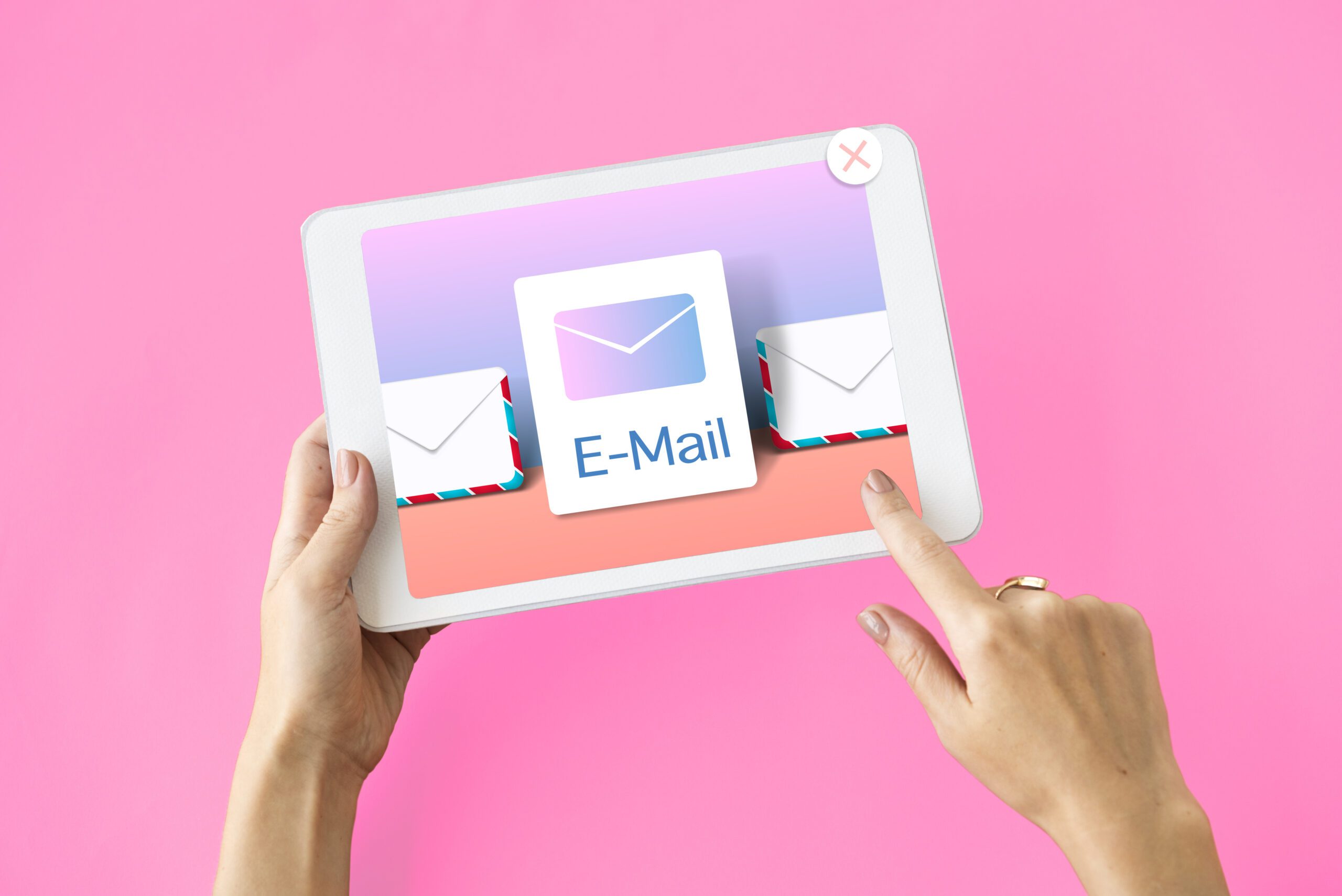Email marketing is a cornerstone of digital marketing strategies, offering a direct line of communication with your audience. This guide walks you through every step of the process, from building your email list to driving conversions.
1. Building Your Email List
Opt-In Forms: Place opt-in forms prominently on your website, blog, and social media pages. Offer something valuable in return, like a free eBook, discount, or exclusive content, to encourage sign-ups.
Content Upgrades: Provide additional resources within your content, such as a downloadable checklist or bonus tips, accessible only after the user subscribes to your email list.
Events and Webinars: Collect email addresses during events, webinars, and workshops. Attendees are likely interested in your content and willing to subscribe for more.
Social Media Campaigns: Use social media to promote your email sign-up forms. Running targeted ads can also attract a wider audience to your email list.
2. Creating Engaging Content
Know Your Audience: Understand your audience’s needs, preferences, and pain points. Create buyer personas to tailor your content to different segments effectively.
Content Types: Mix up the types of content you send. Newsletters, promotional emails, product updates, educational content, and event invitations keep your emails diverse and interesting.
Compelling Subject Lines: Craft subject lines that are concise, intriguing, and personalized. Use humor, curiosity, or urgency to increase open rates.
Visual Appeal: Design emails that are visually appealing. Use high-quality images, clean layouts, and clear headings. Ensure your email design is consistent with your brand identity.
3. Personalization and Segmentation
Dynamic Content: Use dynamic content blocks to personalize sections of your email for different segments. This could be personalized greetings, product recommendations, or location-based offers.
Behavioral Segmentation: Segment your audience based on their behavior, such as purchase history, email engagement, or browsing activity. Tailor your content to match their specific interests and actions.
Lifecycle Stages: Segment your audience by their stage in the customer lifecycle. New subscribers might receive a welcome series, while loyal customers get exclusive offers.
4. Automation and Workflows
Welcome Series: Set up an automated welcome series for new subscribers. Introduce your brand, provide valuable content, and encourage engagement from the start.
Cart Abandonment: Send automated emails to remind customers of items left in their cart. Offer incentives like discounts or free shipping to encourage them to complete the purchase.
Re-Engagement Campaigns: Identify inactive subscribers and send re-engagement emails. Ask for feedback, offer special deals, or simply remind them of the value they’ll miss out on.
5. Optimizing for Mobile
Responsive Design: Ensure your emails are mobile-friendly. Use responsive design techniques so your emails look great on any device, whether it’s a desktop, tablet, or smartphone.
Clear CTAs: Place clear and prominent call-to-action (CTA) buttons that are easy to tap on mobile screens. Ensure your CTAs stand out visually.
Short and Scannable: Keep your content concise and scannable. Use bullet points, short paragraphs, and clear headings to make it easy for mobile users to read.
6. Testing and Analysis
A/B Testing: Regularly test different elements of your emails, such as subject lines, CTA buttons, images, and content layouts. Analyze which versions perform better and use those insights to optimize future emails.
Key Metrics: Monitor key metrics like open rates, click-through rates, conversion rates, and unsubscribe rates. These metrics provide insights into what’s working and what needs improvement.
Customer Feedback: Collect feedback from your subscribers to understand their preferences and pain points. Use surveys, polls, or direct questions in your emails.
7. Driving Conversions
Strong CTAs: Your emails should have clear and compelling CTAs. Use action-oriented language and create a sense of urgency to encourage immediate action.
Landing Pages: Ensure that your email links lead to well-designed landing pages that match the email content and CTA. The transition from email to landing page should be seamless.
Incentives and Offers: Provide exclusive deals, discounts, or incentives to your email subscribers. Limited-time offers and special promotions can drive higher conversion rates.
Social Proof: Include testimonials, reviews, or case studies in your emails. Social proof can build trust and persuade recipients to take action.
Conclusion
Email marketing, when done correctly, is a powerful tool for driving engagement and conversions. By focusing on building a high-quality email list, creating engaging content, personalizing and segmenting your emails, leveraging automation, optimizing for mobile, and continuously testing and analyzing your efforts, you can master email marketing. This ultimate guide provides the foundation you need to develop effective email campaigns that resonate with your audience and drive business success. Remember, the key to successful email marketing is delivering value consistently and understanding your audience’s needs and behaviors.


